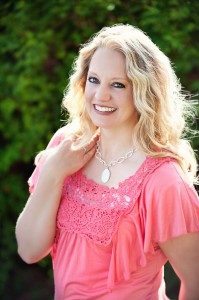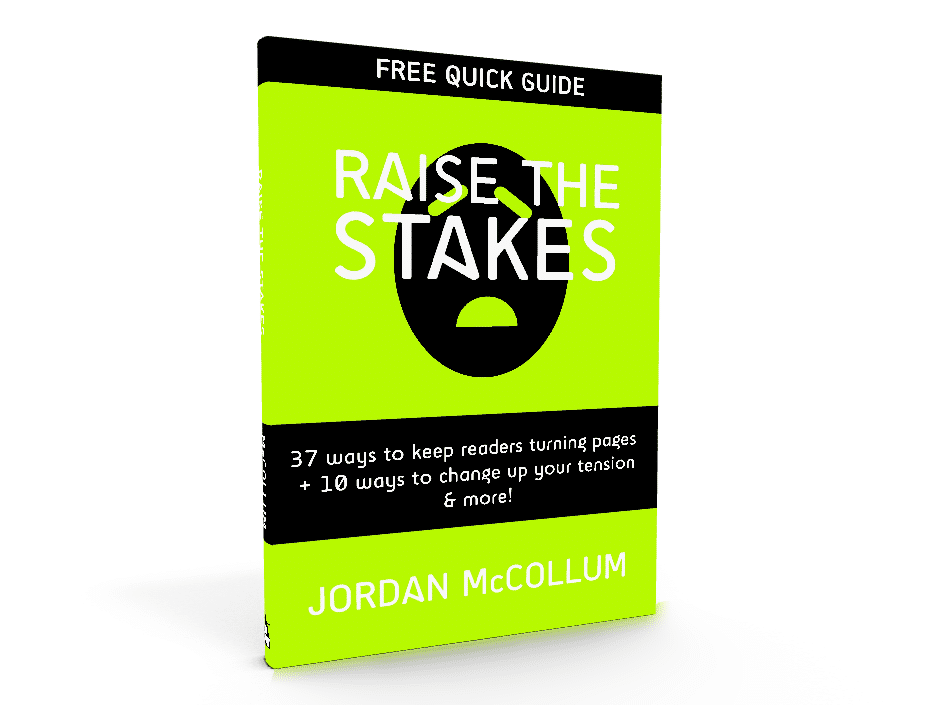Facebook! It’s so shiny! Okay, perhaps less so after that IPO debacle, but when you’ve got hundreds of millions of active monthly users, you’ve got the attention of a lot of marketers. Which includes, of course, authors.
There are many, many step by step guides out there to help you set up and prettify your Facebook page. This isn’t one of them. Here, we’ll cover the basics of why you want a Facebook Page, and what to do with it.
The most important tip: Get an eyepatch a Page
 Odds are pretty dang good you already have a Facebook account. However, your personal Facebook profile is NOT your best option to connect with your blog- and book readers. Nope, nope, nope. I don’t post a lot of pictures on Facebook, but the simple fact that strangers I don’t actually know who are only friends with me because of my blog might see them does give me pause. Now imagine how it would be with hundreds or thousands of fans as your friends.
Odds are pretty dang good you already have a Facebook account. However, your personal Facebook profile is NOT your best option to connect with your blog- and book readers. Nope, nope, nope. I don’t post a lot of pictures on Facebook, but the simple fact that strangers I don’t actually know who are only friends with me because of my blog might see them does give me pause. Now imagine how it would be with hundreds or thousands of fans as your friends.
Facebook offers a great alternative—and it’s not setting up an account for your pseudonym (that’s against the ToS, as I understand it).
Nope, Facebook offers a feature called Pages for authors, artists, blogs, businesses, public figures, etc. etc. etc. And this is absolutely the safer option to connect with fans of your blog or work on Facebook, and to help them connect with one another.
So, it comes to how. To quote Nathan Bransford’s fantastic guide, Facebook for Authors – How to Get Started,
How to create [a Facebook Page]? It’s a piece of cake. Go here, click “Artist, Band, Public Figure,” choose Author and follow the easy instructions. There you have it.
Degree of difficulty: Extremely easy
When to do this: You know, I feel like there’s no time like the present. The earlier you start building up those likes the bigger your head start when prime time arrives.
If you’re given an option—and you should be, though occasionally they make you wait until you have 25 fans (that’s the rule, but I didn’t need no steenking rules when I made mine)—be sure to pick a “username” that is as easy to remember and short as possible. It will be part of your URL. Mine is JordanMcCollumAuthor, for example.
So, uh, on that note, I kind of have a Facebook Page, and I totally wouldn’t object to a Like.
Okay . . . now what?
Once you’ve created your Page and prettified it with pictures and perhaps linked it to your blog with a Facebook app like Networked Blogs, you’re reading to start using it to connect with your fans.
The question is, of course, how?
First of all, you need to get fans. Kind of the point, right? You can use Facebook’s provided widgets or buttons to create links in your sidebar to your Page and promote it on your blog or website. It wouldn’t hurt to post—maybe once—to ask your loyal readers to Like.
Ah, but here’s the catch: often, the best way to get fans is to build the community with fans on your page. It’s a little like money: sometimes, you have to have some to make some.
How am I supposed to use a Facebook Page?
The best uses of a Facebook page are not, in my opinion, constant self-promotion. They’re a great place to mention things like contests, sales and events, but they’re not an excuse to turn your page into a 24/7 infomercial about your book.
Instead, as with all marketing, observe what others do well (and not so well) and think about what your audience wants. It’s highly likely that your audience wants more than just seeing your blog posts echoed, especially if they already subscribe to your blog. So what do you do?
A few ideas:
- Run Facebook-only contests—pages where entries are on your Facebook Page wall, adding photos, etc.
- Post content of interest to your readers. What do your readers like? Books! Gemma Halliday, for example, posts links to free ebooks every Friday—not books that she wrote, but books she thinks her readers will like. I love this idea!

- Connect with your author friends by liking their pages from your author page.
- Ask your fans questions and engage with their answers. Again, the most likely questions that will engage your audience are probably reading- and writing-related. What are you reading now, how is Nano going, read any good books lately—all good examples. But the key is to interact with your readers and encourage them to interact with one another, too.
- Feel free to share successes, progress updates, research, fun facts, promotions, events, sales and the like about your writing—but again, this isn’t a 24-hour infomercial channel. Keep it fresh and interesting.
- Be sure to post regularly. Nothing else boosts your reach like regularly updating your Facebook page.
And a couple pet peeves
Facebook can be a great way to connect with your readers and perhaps find new ones. However, remember that gimmicks and tricks are NOT long term marketing strategies.
Personally, I’m very turned off by author Pages that require you to like the Page before you get to see the juicy information, such as a cover reveal, etc. If I feel like my Like is being coerced, I’ll either browse away to go FB stalk someone or Like you only long enough to see that precious content, then unLike you.
Like I mentioned above, a Facebook page that’s only echoing your blog isn’t much of a Facebook page. I’m still struggling with what to put on there, but I know for certain I don’t want to echo my Twitter feed, either. Twitter is a different medium and a different audience, but the biggest drawback is that there’s no incentive for people who follow you on Twitter to Like your Page, and vice versa.
It seems like even professional marketers are still feeling Facebook out, so it might be the perfect time to jump in and try it yourself.
What do you think? What kind of things do you like to see on an author’s page? Come join the conversation!
 Author Elana Johnson blogged earlier this year that Goodreads had added the ability to
Author Elana Johnson blogged earlier this year that Goodreads had added the ability to 

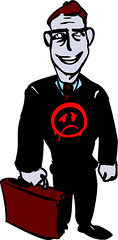
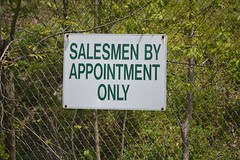

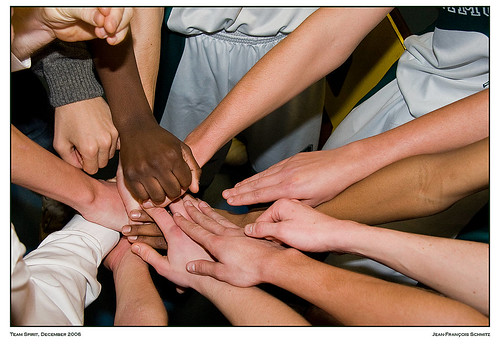
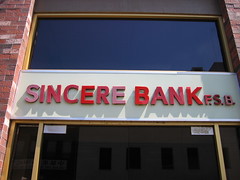
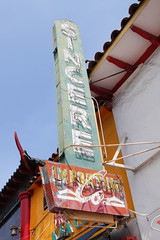
 See what you like, and what you don’t like, what works and doesn’t. See what professional-level book trailers look like, and decide what you want to do.
See what you like, and what you don’t like, what works and doesn’t. See what professional-level book trailers look like, and decide what you want to do.
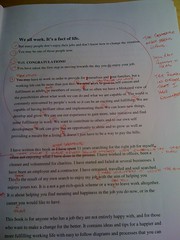
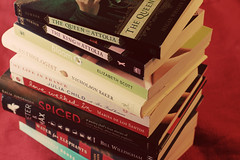

 .
.
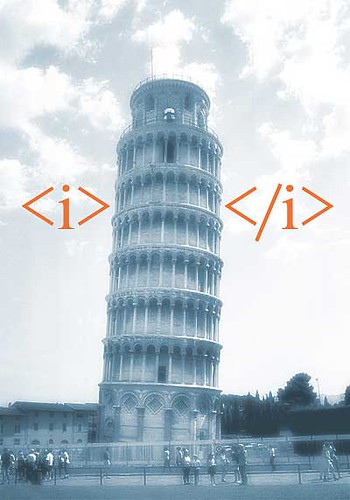
 .
.